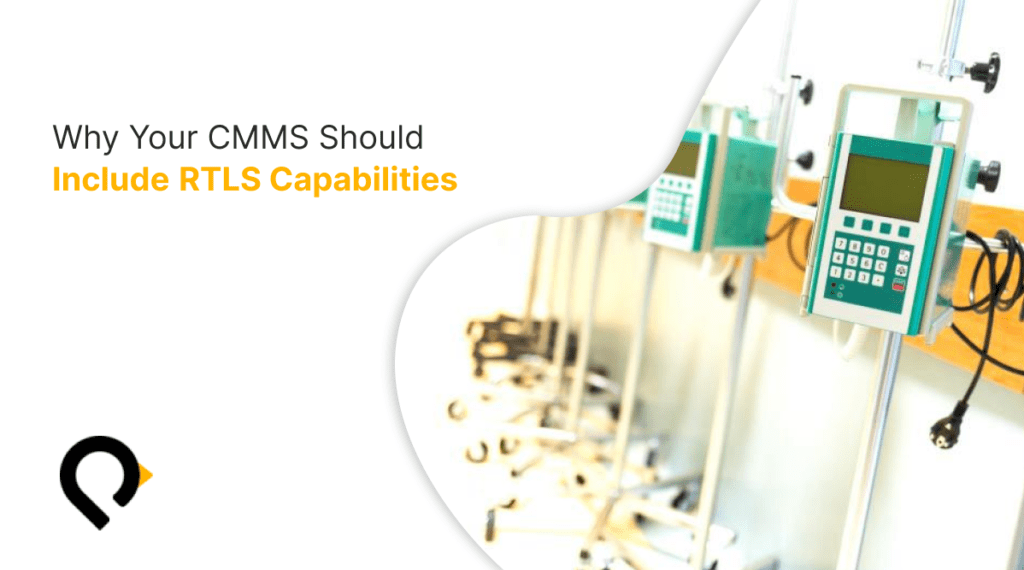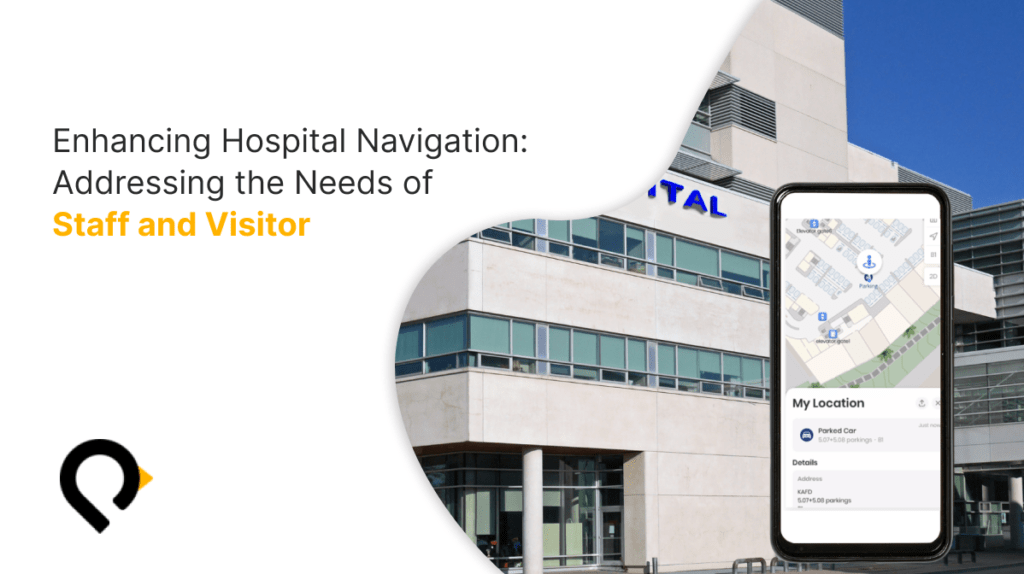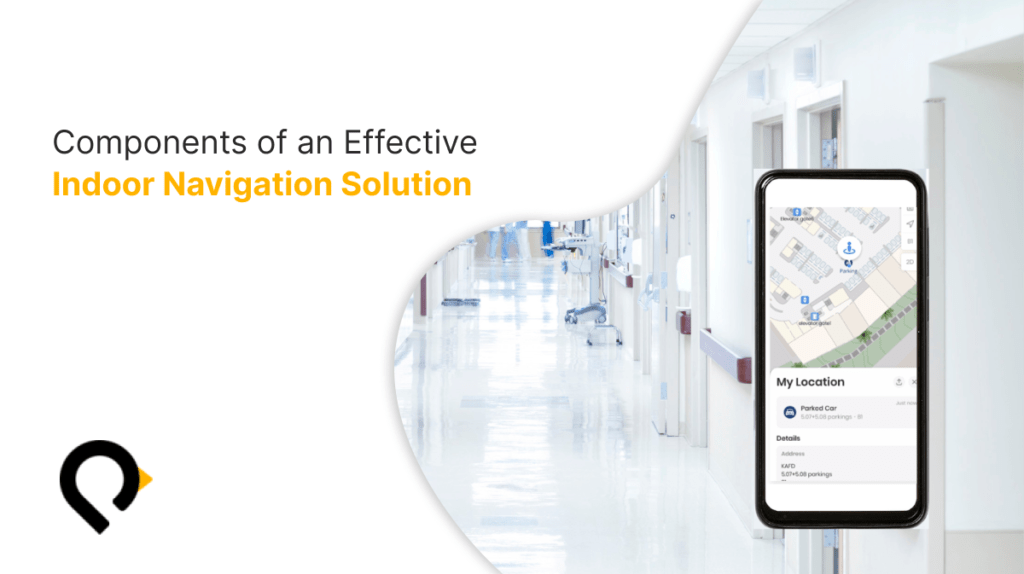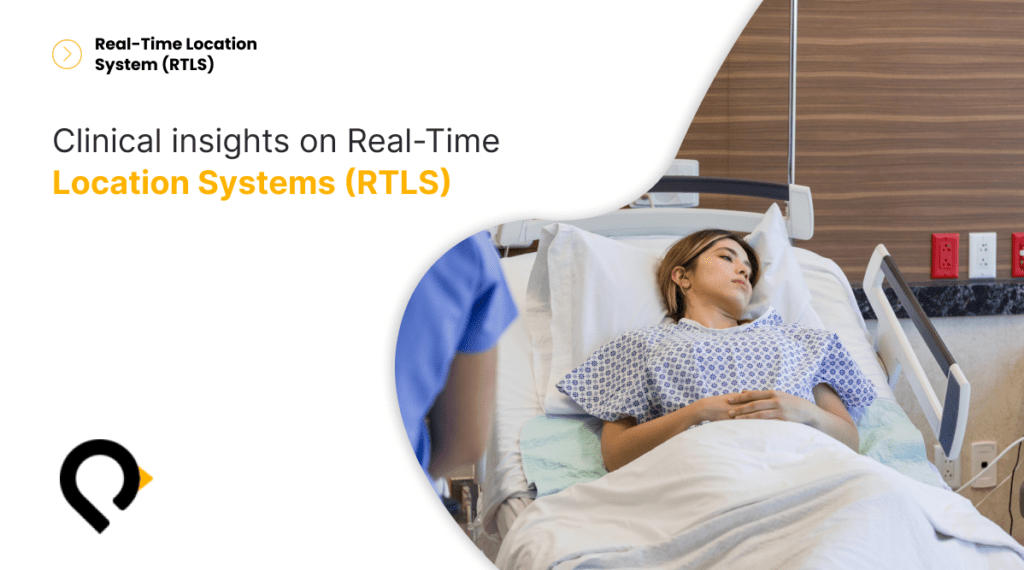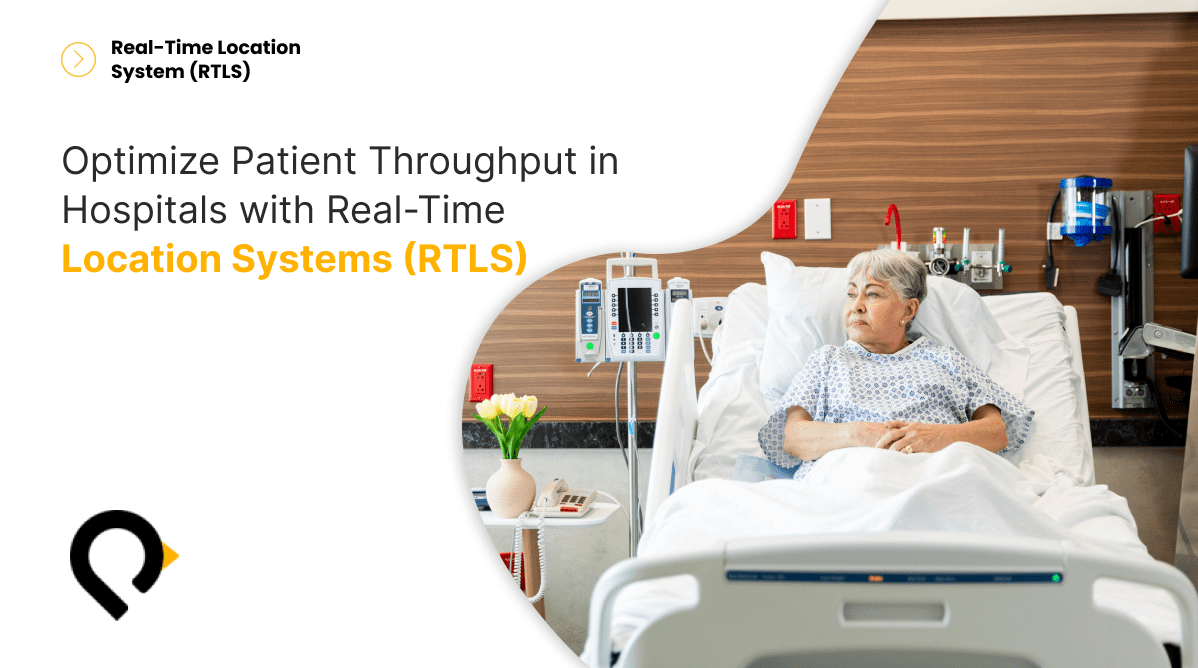
Every hospital can benefit from best practices in patient flow—even minor improvements can make a meaningful impact. Here are tips for improving patient flow and creating a healthier, happier, and safer facility. Here are 7 tips to help hospitals improve patient throughput:
Increase Communication and Goals Across All Hospital Departments
Patient throughput must be addressed at the hospital level. Every part of the hospital is connected, and the cause of a patient flow issue or bottleneck may occur several steps before its noticeable effect. For instance, a patient flow problem in the inpatient units may result from issues with discharge procedures. Therefore, all hospital staff members, including nurses, physicians, and administrators, must understand the objective of improving patient flow and the processes required to accomplish related goals.
The first step to improving patient flow is to create a team with representatives from every department. This team will identify issues, set goals, and oversee changes. They can start by drawing a patient throughput diagram to map the current design and measure performance, asking questions such as:
- Are there any bottlenecks with the current patient flow process?
- Are all the steps in the current flow necessary?
- Can some of the steps be completed simultaneously?
- Is there a better way to sequence the steps?
- Can someone with fewer skills perform a particular step?
- What technology can be used to make steps easier?
After identifying problem areas, the team should set goals. For example, the hospital can adopt technology like Penguin’s Clinical RTLS Applications to improve communication and streamline processes. Penguin’s Healthcare RTLS consists of wearables for staff, patients, and medical equipment, providing real-time data and integrating with other healthcare technologies to automate clinical processes.
Tighten Up Non-Clinical Services That Support Patient Care
Non-clinical staff members significantly impact patient flow. These include staff in transportation, housekeeping, billing, and administrative tasks. Management should evaluate non-clinical activities and find ways to improve their speed and efficiency. Here are tips for non-clinical services:
- Invest in training: Ongoing training increases employees’ confidence, engagement, and motivation, leading to improved skills and patient satisfaction.
- Embrace technology: Use technology to automate processes and reduce manual work. For example, healthcare facilities can use Penguin’s RTLS with medical equipment to enable biomed staff to locate equipment quickly with real-time locations.
- Hire the right staff: Select individuals who fit the hospital’s values and focus on patient satisfaction. Suitable staff members want to be efficient and provide excellent service.
Uncover Blind Spots With Real-Time Location Data
Healthcare professionals often use data from systems like EHR to determine how long each step takes and improve workflows. However, this approach can create blind spots by failing to account for time between patient steps. Penguin’s Patient Tracking Systems can help uncover these blind spots by automatically collecting real-time patient throughput data. RTLS badges worn by patients provide real-time arrival-to-discharge data, allowing staff to modify processes as they happen.
Examples of Healthcare RTLS benefits:
- Ambulatory Practice: Real-time queuing creates an orderly, compliant registration and rooming process.
- Entire Patient Visit: Patient Tracking Systems measure patient wait times and notify staff of extended waits, enhancing efficiency.
- Radiology and Imaging: Real-time knowledge of patient arrivals maximizes service delivery and minimizes wait times.
- Operating Room: Medical RTLS Insights measure OR turnaround time accurately, notifying team members when rooms are ready and updating patient families automatically.
- Communicable Diseases: Healthcare RTLS supports workflow redesigns to limit pathogen exposure and enables virtual waiting rooms with contactless check-in and self-rooming.
- Contact Tracing: Healthcare RTLS provides data for efficient contact tracing and follow-up actions for staff and patients.
Track and Streamline Cycle-Time Measurements
Cycle time measures the duration of any process in the hospital, such as patient registration to discharge. Efficient cycle times improve patient throughput and reduce the need for additional resources. Leaders should follow the patient’s journey through the ED, using Penguin’s Medical RTLS Insights to gather real-time data automatically. This data helps identify bottlenecks and inefficiencies, enabling hospitals to make informed adjustments.
Additional tips to reduce cycle time:
- Staff to meet demand: Ensure the ED has enough staff during peak times to meet patient demand.
- Ensure supplies are easy to find: Use asset tracking to show staff the exact location and condition of critical resources.
- Improve registration: Reduce check-in time by minimizing questions and using self-check-in/registration technology.
Increase Patient Flow in Hospitals With Penguin
When patients visit a hospital, they should feel cared for, safe, and appreciated. Staff should feel confident they have the resources, skills, and time to provide the best care possible. Technology like Penguin’s Healthcare RTLS helps reduce stress and simplify tasks for staff so they can focus on what matters most: patient care.
Hospital managers considering RTLS should reach out to Penguin. Penguin offers robust, easy-to-implement Clinical RTLS Applications to improve patient throughput and employee satisfaction. With Penguin, hospitals can reduce costs and increase efficiency as patient volumes continue to grow. To learn more, request a demo or contact us today.

